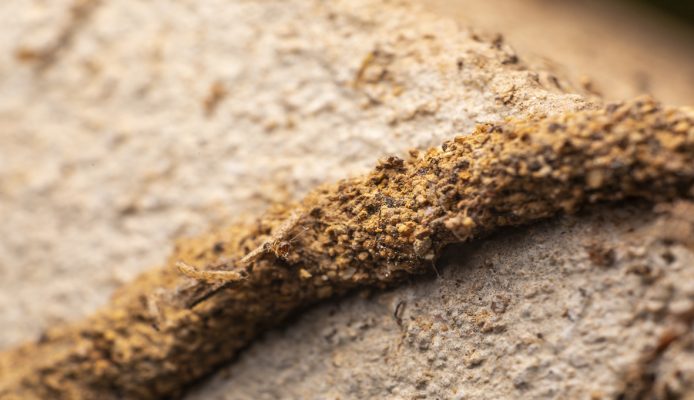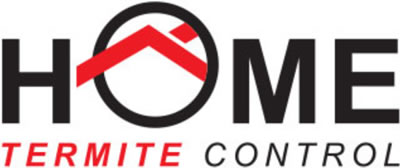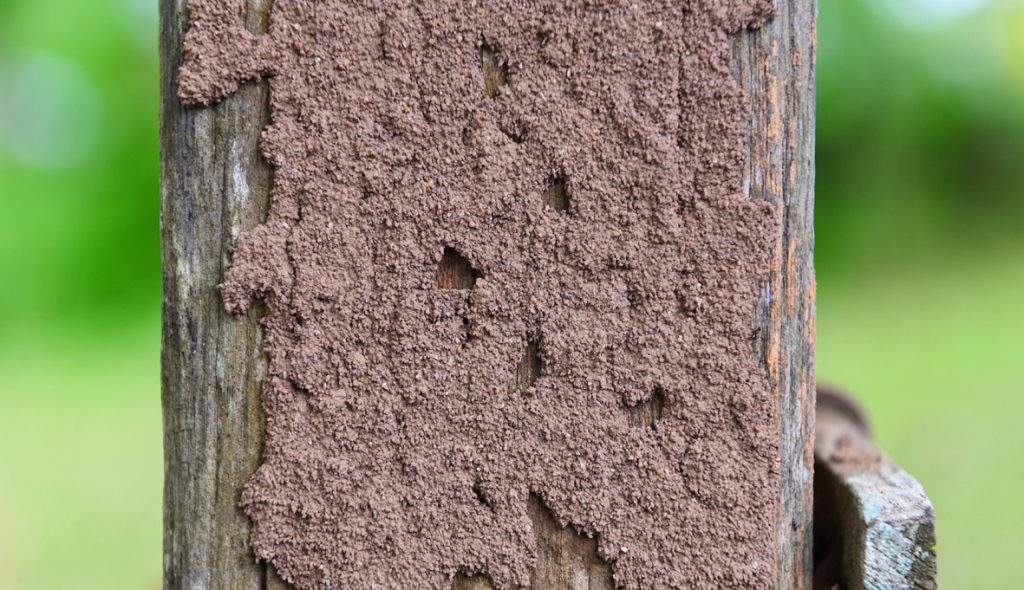How to Identify Evidence of Termites in the Drywall of Your Home
Birds do it, bees do it, and even bugs do it. Finding evidence of termite poop is a great way to pick up on termite damage early. Termite excrement found in your drywall and around the home is one of the first signs exterminators look for. This helps pest controllers identify if you have wood decay, wood rot, termites, or another insect-eating your house. You can also inspect your house for termites. Read on to learn what to look for.
The Science of Insect and Termite Poo (Frass)
Hunters, trappers, archaeologists, conservationists, and exterminators are just a few of the professions that rely on insect or animal frass(*1). Frass is the fancy term for the excrement of termites, timber or wood borers in forensic analysis. Animal and bug frass contains what is left of a creature’s diet. In the case of termite poop, it is primarily made up of soil or wood material(*2). When looking for early signs of termite damage, the remnants of the bug’s meal helps the exterminator identify the species.
Types of Termites
Generally, termites fall into three different types:
• Subterranean (underground).
• Dry wood.
• Damp wood.
An experienced termite controller will be able to identify which species you have in your home. You probably can guess what termites expel in their excrement: dirt and wood fibres.
Subterranean Termites Do not Waste Their Waste
Underground varieties of termites mix their poop with saliva to build and expand their colony(*2,3). The mixture is used to create tunnels that lead the bug from their underground colony to the woody food source in a building structure. For all the damage they cause, subterranean varieties are very fragile. They need to stay in contact with moist soil or they dry up. That is why they build tunnels – also called termite tubes or mudding. They use the tunnels to traverse to their final destination inside the walls of your home.
What Are Early Signs of Subterranean Termites?

When you are looking for early signs of termite damage, look for mud tubes or tunnelled wood framework. Also, if you notice remnants of soil in the damaged wood then you are most likely looking at termite poop left behind by this underground inhabitant.
Excrement Evidence of Dry wood Termites
The other type of termite found in Australia and most other continents is the dry wood termite. These guys do not build tunnels with their excrement. They just chew out another tunnel where they leave their waste product. Dry wood termites have no centralised nest and they do not need to have earth contact like the subterranean termites.
Generally, fumigations are the best way to eradicate dry wood termites. If you notice holes in the wood surface which are filled with a pile of wood dust, then you are probably dealing with a borer. Timber borers need to be dealt with in another way. Contact your local pest controller for advice on borers.
Be a Termite Hunter!
Just as the hunter knows there are deer around when he sees a pile of fresh deer droppings, you know you have an infestation when you see piles of wood dust or termite tubes.
Do not ignore signs of termite damage. These hungry bugs do not go away until they are treated, and their food source disappears.
Eliminate termites in your Sydney home using highly effective environmentally friendly products. Contact Home Termite Control today to book an inspection or treatment.
References *1. Hadley, D. Facts About Frass (Bug Poop). Thought Co. 2019. *2. Pokharel, P. The Secrets of Insect Poop. Australian Geographic. 2017. *3. Pappas, S. Do Bugs Poop? Live Science. 2017.

